Increasing Livestock Production
The dicalcium phosphate market in South America is experiencing growth due to the rising demand for livestock production. As countries in the region enhance their agricultural practices, the need for high-quality animal feed becomes paramount. Dicalcium phosphate serves as a vital source of phosphorus and calcium, essential for the healthy growth of livestock. In 2025, the livestock sector in South America is projected to expand by approximately 4.5%, leading to an increased requirement for dicalcium phosphate in animal nutrition. This trend indicates a robust market for dicalcium phosphate, as farmers seek to improve feed efficiency and animal health, thereby driving the industry forward.
Expansion of Fertilizer Applications
The dicalcium phosphate market in South America is likely to benefit from the expansion of fertilizer applications in agriculture. As farmers increasingly adopt modern farming techniques, the demand for effective fertilizers is on the rise. Dicalcium phosphate, known for its high nutrient content, is being utilized to enhance soil fertility and crop yields. In 2025, the agricultural sector in South America is expected to grow by around 3%, which may lead to a corresponding increase in the use of dicalcium phosphate as a fertilizer. This trend suggests a promising outlook for the dicalcium phosphate market, as it aligns with the region's goals of improving agricultural productivity.
Technological Advancements in Production
The dicalcium phosphate market in South America is likely to be positively impacted by technological advancements in production processes. Innovations in manufacturing techniques can enhance the efficiency and quality of dicalcium phosphate production. As companies adopt more sophisticated technologies, the cost of production may decrease, making dicalcium phosphate more accessible to various industries. In 2025, the market is expected to witness a growth rate of around 3.5%, driven by these advancements. This trend suggests that the dicalcium phosphate market could see increased competition and improved product offerings, benefiting both producers and consumers.
Rising Health Consciousness Among Consumers
The dicalcium phosphate market in South America is influenced by the rising health consciousness among consumers. As individuals become more aware of the nutritional value of food, there is a growing demand for fortified products. Dicalcium phosphate is often added to food products as a dietary supplement, providing essential minerals. In 2025, the food industry in South America is projected to grow by approximately 5%, which may lead to an increased incorporation of dicalcium phosphate in various food applications. This trend indicates a potential expansion of the dicalcium phosphate market, as manufacturers seek to meet consumer demands for healthier food options.
Government Support for Agricultural Development
The dicalcium phosphate market in South America is supported by government initiatives aimed at agricultural development. Various South American governments are implementing policies to promote sustainable farming practices and enhance food security. These initiatives often include subsidies for fertilizers, including dicalcium phosphate, to encourage its use among farmers. In 2025, government spending on agricultural support is anticipated to rise by approximately 6%, which may lead to increased adoption of dicalcium phosphate in farming. This trend indicates a favorable environment for the dicalcium phosphate market, as it aligns with national goals of improving agricultural productivity and sustainability.



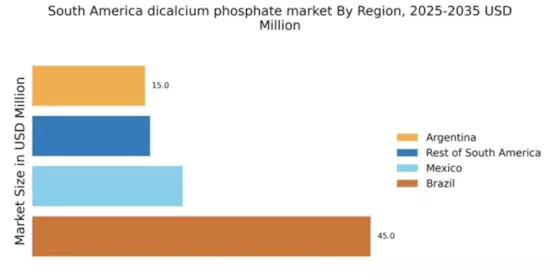
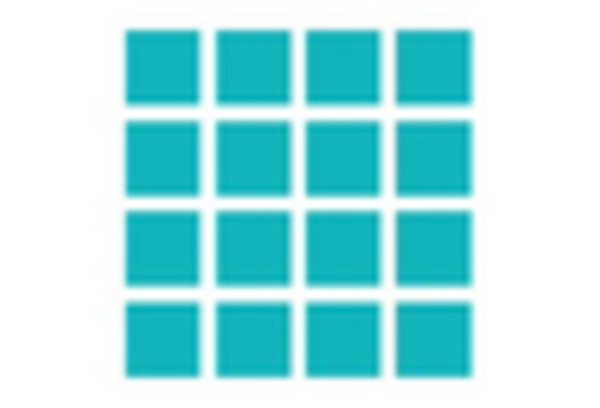
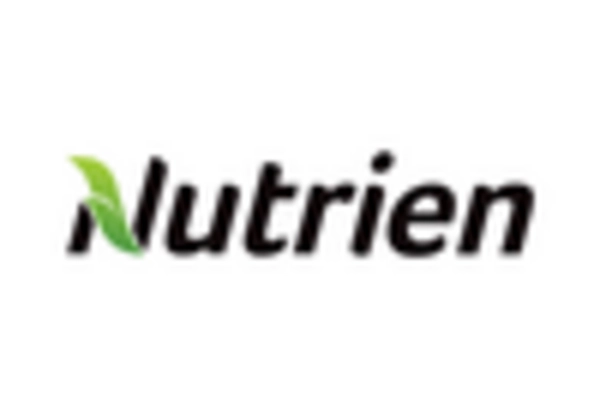

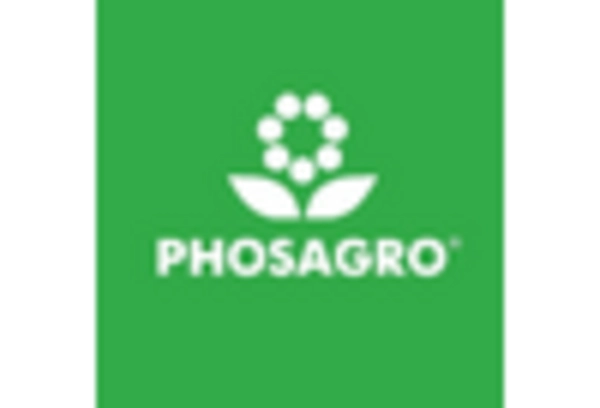
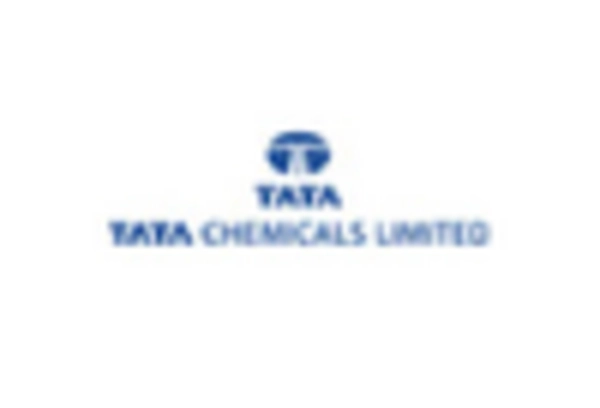
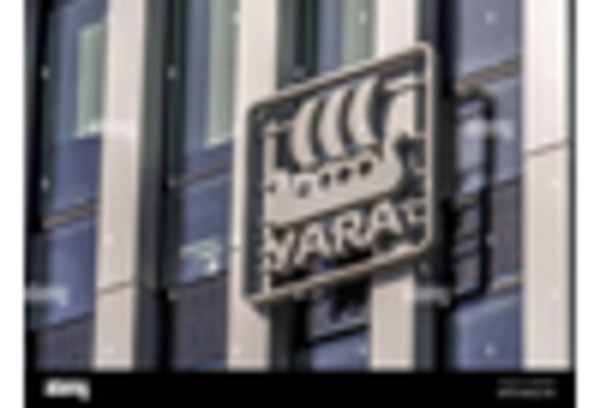








Leave a Comment